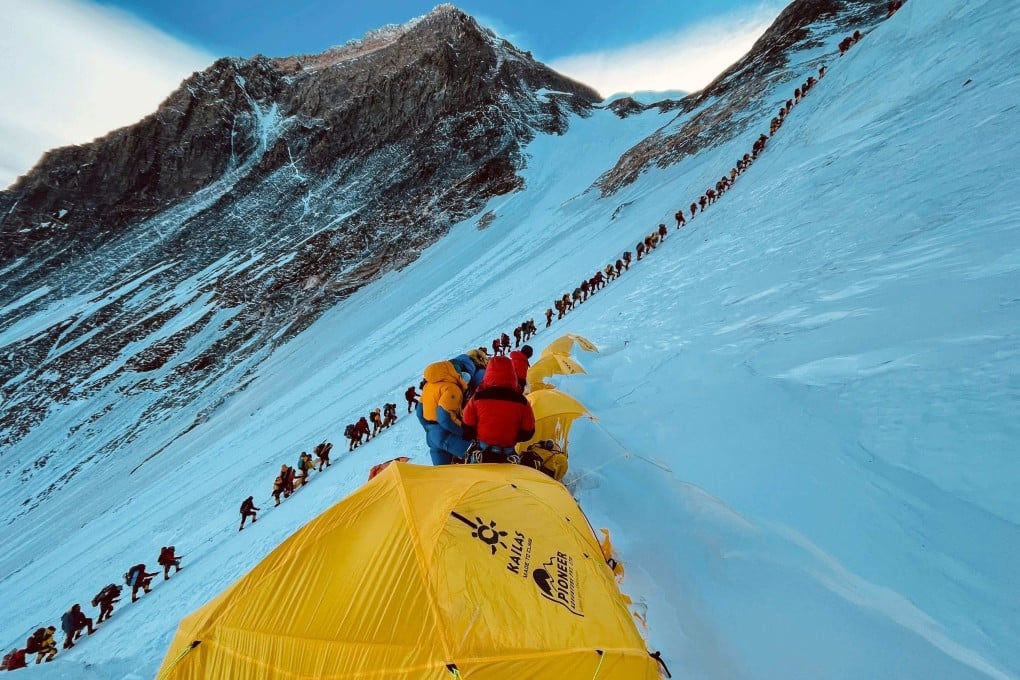Advertisement
How overcrowding on peaks like Everest and Himalayan trails leads to danger and a rise in trash despite Nepal’s rules
- More trekkers are flocking to the Himalayas of Nepal, facilitated by companies out to make a quick buck, despite controls on access to its mountains
- Mountaineers and guides have voiced concerns about the safety risks underprepared trekkers pose, and the growing amounts of waste left on mountain slopes
Reading Time:6 minutes
Why you can trust SCMP
1

Federico Porci No, 30, grew up in Tirano, a small city in the Alps, in northern Italy. Living in the mountains, trekking was a way of life for him.
However, when he visited Nepal for the first time, in 2018, to attempt the Annapurna Circuit, he found it enormously challenging both physically and mentally.
“Trekking there is a vastly different experience compared to other parts of the world.” Nevertheless, “I just fell in love with Nepal,” he says.
Like Porci No, trekkers from all over the world head to the Himalayas for the experience of a lifetime. They trek around the lower reaches of the Everest, Annapurna and Kanchenjunga mountains, often at altitudes of more than 5,000 metres (16,400 feet) above sea level.

The peak seasons for trekking in Nepal are from March to May and September to November, when the weather is comparatively fine. Even then the dangers are real and plentiful.
Snowstorms can strike without warning, cutting off communication and affecting visibility. But there is an even greater concern: altitude sickness, which for some trekkers can kick in when they are as low as 2,000 metres above sea level.
Advertisement